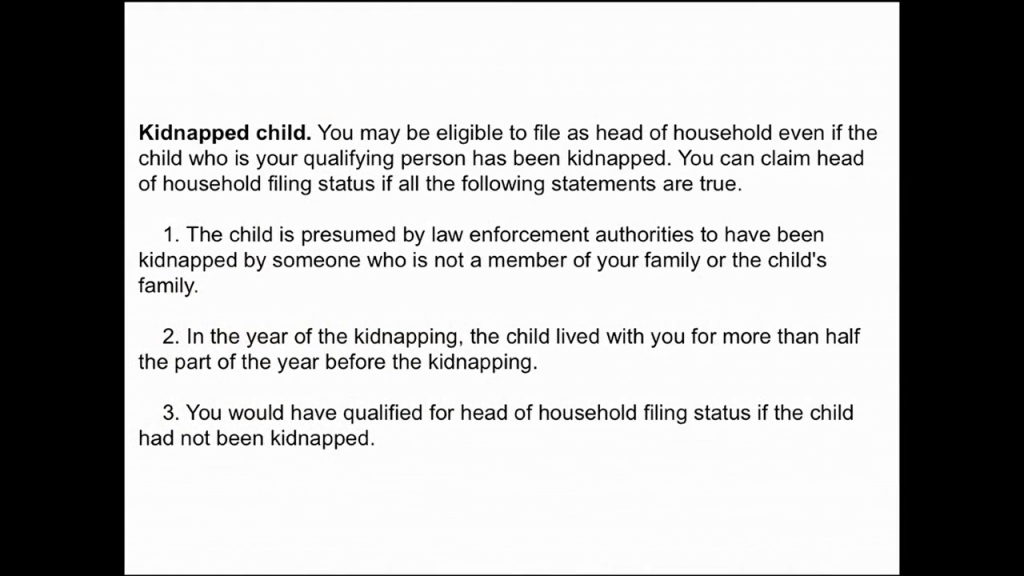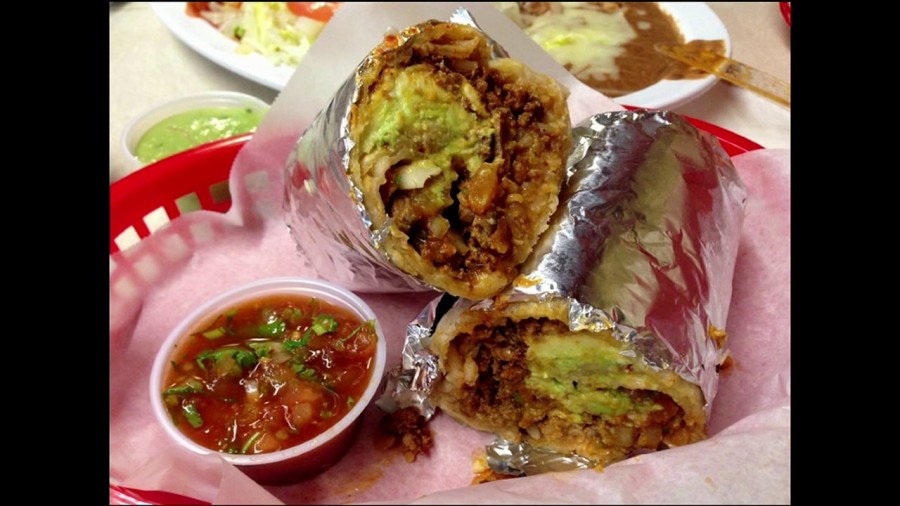Hi, my name is Noah, and I have a weird obsession with government memos. [They’re] my favorite literary genre. I love reading them because the world is an unclassifiable place, but the people that write these memos have to try to classify it anyway, and the results get weird. You get these classification oddities, these regulatory platypuses.
This comes up especially often in tax policy. You’ll get a case like a state where a Snickers bar is taxable, but a Kit Kat bar is tax-free because a Snickers counts as candy, but a Kit Kat bar has flour in it, so it counts as a baked good instead.
In California, there was a case in 1950 with the Board of Equalization that’s maybe the least appetizing court document you’ll ever read. It’s about whether a sausage casing should be considered a food or a container. Don’t think about it too much.

Image via Shorpy
Here’s another one. If your child is kidnapped, can you still claim them as a dependent on your Federal tax return? It was someone’s job to figure this out, and Publication 501 of the IRS has an entire section on it, with a three-part test that you have to meet.

But my favorite government memo of all time is from the state of Wisconsin. It’s about ice cream cake, and whether it is a cake or ice cream. This memo is 1,500 words long. It contains ten different hypothetical ice cream cake scenarios that it walks you through.
I recently learned that in my new home state of New York, there’s a special tax category for sandwiches. This meant, of course, that somewhere there was a memo defining the official New York definition of a sandwich, so I had to find it. I found it. It’s Tax Bulletin 835, I think. It has a long list of examples, things like BLTs and club sandwiches and paninis, but also some questionable inclusions like gyros and hot dogs and buttered bagels. It includes open-faced sandwiches, which strikes me as really dangerously broad. Like we’re just going to call any piece of bread with stuff on top of it a sandwich? Should we be considering a slice of pizza an open-faced grilled cheese? It seems like a dangerous path.
But this was not the most troubling. The most troubling thing in there is that burritos are on the list. And I know in my heart that burritos do not belong on this list. But I had trouble articulating why, and it led me to a lot of soul-searching about what is the essence of sandwichness? What is it that really defines a sandwich? Is it stacked layers? Is it about it being open rather than enclosed? Does it need to involve two slices of bread? For that matter, does it need to involve bread at all? If you want to get Talmudic about it, there’s the hillel sandwich that’s eaten on Passover, which uses matzo. There’s the ice cream sandwich. Is that a sandwich in name only? I don’t know if KFC still makes it, but there’s also the Double Down, which strikes me as very sandwich-like.
So I’ve spent a lot of time lately thinking about sandwich hypotheticals in case that wasn’t clear. But for the burrito issue we actually don’t have to be hypothetical. There is some case law on this, from right here in Massachussetts. In 2006, a Panera Bread signed a lease in a shopping center in Shrewsbury, with a clause that basically said no competing sandwich shop would be allowed into the mall while they were there. A Qdoba Mexican Grill moved in, and Panera sued their landlord and argued that they sold sandwiches. The Superior Court judge ruled emphatically that a burrito is not a sandwich.
What I want to draw your attention to is that the defense case included testimony from three expert witnesses. There were three sandwich experts, like the Boston chef who said, “I know of no chef or culinary historian who would call a burrito a sandwich. Indeed, the notion would be absurd.” There was a food writer for the Boston Herald who said, “Nobody would say that they are going to the burrito shop to get a sandwich, or conversely, that they are going to the sandwich shop to get a burrito.” I happen to agree. The star witness was the former Deputy Director of the Food Standards and Labeling Division of the USDA, who pointed out that while the USDA regulates burritos, it doesn’t even have jurisdiction over sandwiches.
Ordinary closed sandwiches are exempt from USDA regulation. When a meat or poultry filling is placed within other bread-type components, e.g. tortilla, the USDA asserts its regulatory authority over these products.
So there are actually two separate regulatory frameworks. The FDA handles sandwiches. So it seems like there’s an emerging expert consensus, and that New York may be out of step with it. I’ve filed a Freedom of Information request with the New York State Department of Taxation and Finance, and I hope to get some more clarity on this, but it’s still pending.
So in the meantime I will leave you with an argument that I find oddly persuasive, which is the torta defense. The torta defense states that if a burrito were a sandwich, it would be a torta. And a burrito is not a torta. Ergo, a burrito cannot be a sandwich.
Thanks.

